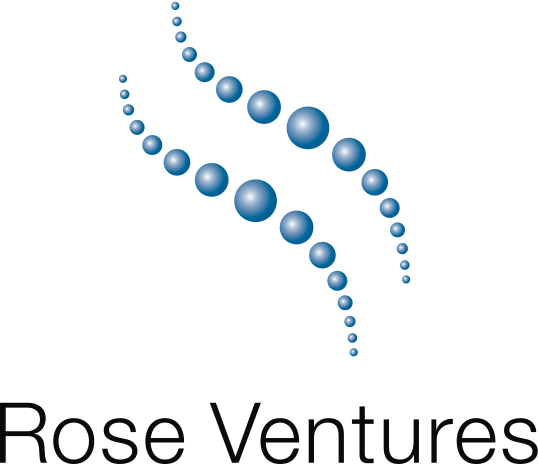Emerging Opportunities
The nature of science is about exploring the unknown, developing hypotheses, attempting to disprove them, and until disproved, assuming they are the best explanations we have at the moment. Science accepts or rejects ideas based on evidence, but it doesn't prove or disprove them.
Science is always uncertain because nothing can be proven. Science progresses by building on past discoveries of others, incrementally improving our understanding of various subjects. New generations of scientists then propose new hypotheses, test them, and either refute our collective understanding or provide further support for it. Some make major breakthroughs and discoveries, but all are standing on the shoulders of giants who preceded them.
Many people (including me!) have chosen to participate as entrepreneurs in the sciences, seeking to commercialize products based on new inventions or insights. While I confess to having had concerns about missing a window of opportunity or two, I’ve always understood that new windows are constantly being opened. New opportunities to explore, and to learn, and to use that knowledge to develop products or services that could take on great value by solving problems or addressing needs. The majority of these “market opportunities” only take on value when they improve people’s lives, or make them happy in some way, which I find particularly satisfying.
I’ve always sought to find projects that utilized emerging technologies, or sought to address new opportunities raised by recent discoveries. These tend to be areas in which there is often no established market leader, and thus a greater opportunity to become that leading player. One current example of this is in an area that I personally haven’t paid close attention to for many years, namely our growing understanding of ribonucleic acid (RNA).
The central dogma of molecular biology is the theory, first proposed by Francis Crick in 1958, that genetic information flows from DNA to RNA to proteins, or directly from RNA to proteins. DNA is comprised in part of 4 different nucleoside bases represented by the letters A, T, C and G. These are transcribed into complementary RNA bases, with the only difference being that T is replaced by U. What is less broadly appreciated is that these RNA bases undergo post-transcriptional modifications before being translated into proteins. An ‘Epitranscriptome’ is created, incorporating RNA modifications that can regulate RNA structure, stability, localization, and function.
For several decades I’ve been aware that RNA was modified, in particular by methylation, but I haven’t been paying close attention to the field. It turns out that there are now approximately 200 such RNA modifications which have been discovered. What is missing are high quality standard sources of each modified nucleoside, and an automated system to directly sequence RNA which reveals not just the core nucleoside sequence but also if/how each individual base has been modified.
When RNA is sequenced today, it is reverse transcribed into DNA, which can be sequenced using any of the commercial DNA sequencers on the market to reveal a string of A, T, C, G bases. The RNA sequence is inferred to be the complement but with U replacing T – yet with no information about base modifications in the RNA. One of the lessons from development of RNA vaccines for COVID19 is that these RNA modifications have a major impact on the effectiveness of such vaccines. Knowing the true sequence of RNA, including the modifications to its bases, is an extremely important piece of knowledge that has largely eluded the scientific community for lack of standards and automated analytical tools.
Having standard preparations of all known modified RNA nucleosides, along with methods to create oligonucleotides from them, and to directly sequence them, would open up a vast array of new application areas. Some of these include basic research, drug development (including RNA vaccines, as well as RNA interfering or activating drugs), rapid detection of both natural and man-made RNA viruses, and high density data storage using RNA. Such opportunities were discussed in a report issued by the National Academy of Science, Engineering and Medicine earlier this year: https://www.nationalacademies.org/our-work/toward-sequencing-and-mapping-of-rna-modifications#sl-three-columns-d67544c0-aa3d-479b-82b9-924a3b0c9148
This is a perfect example of an emerging opportunity. Stay tuned for more news about developments related to RNA modifications and other emerging advances in the life sciences, with a focus on commercial opportunities, how they are being addressed, and related topics at the intersection of life science and business.
